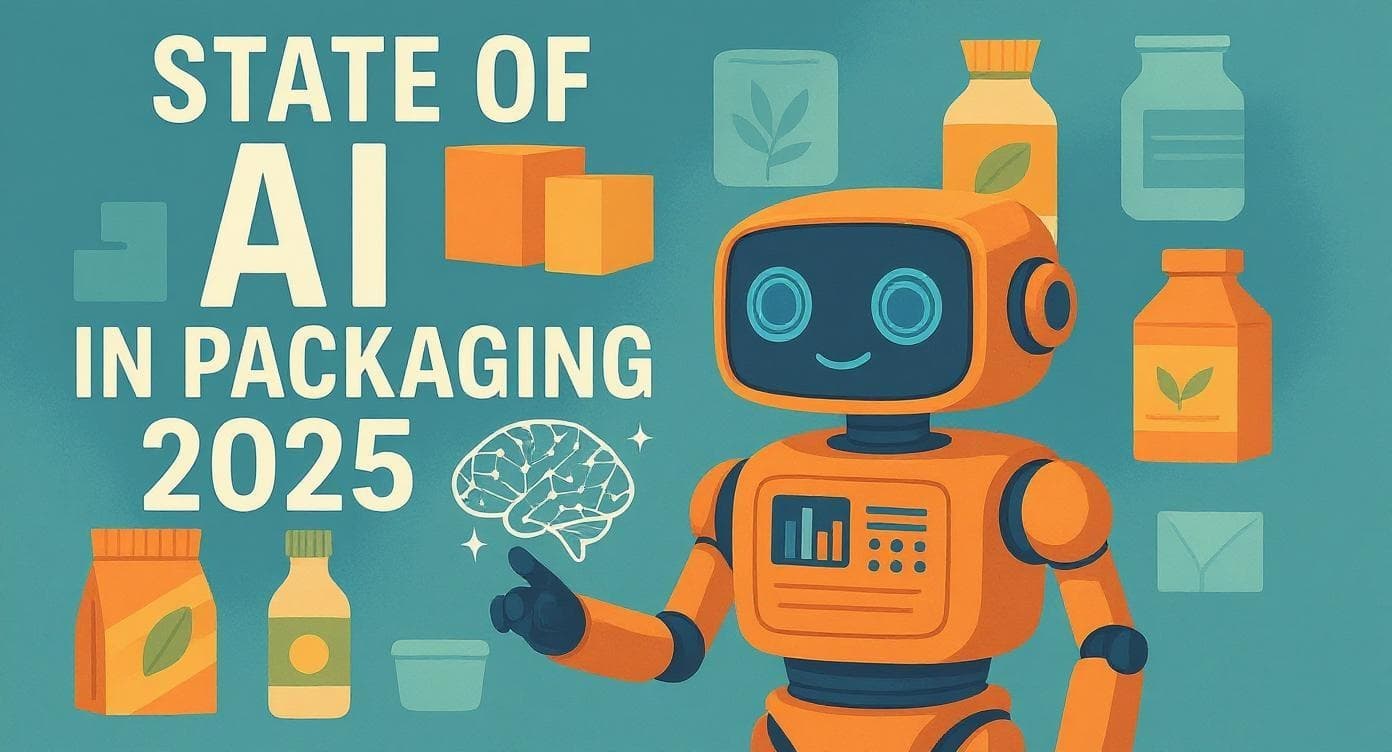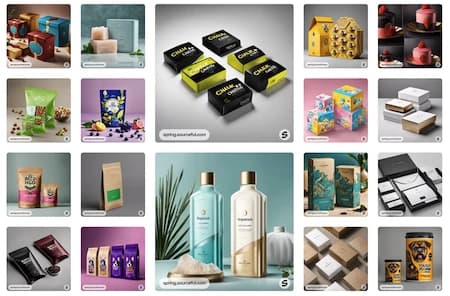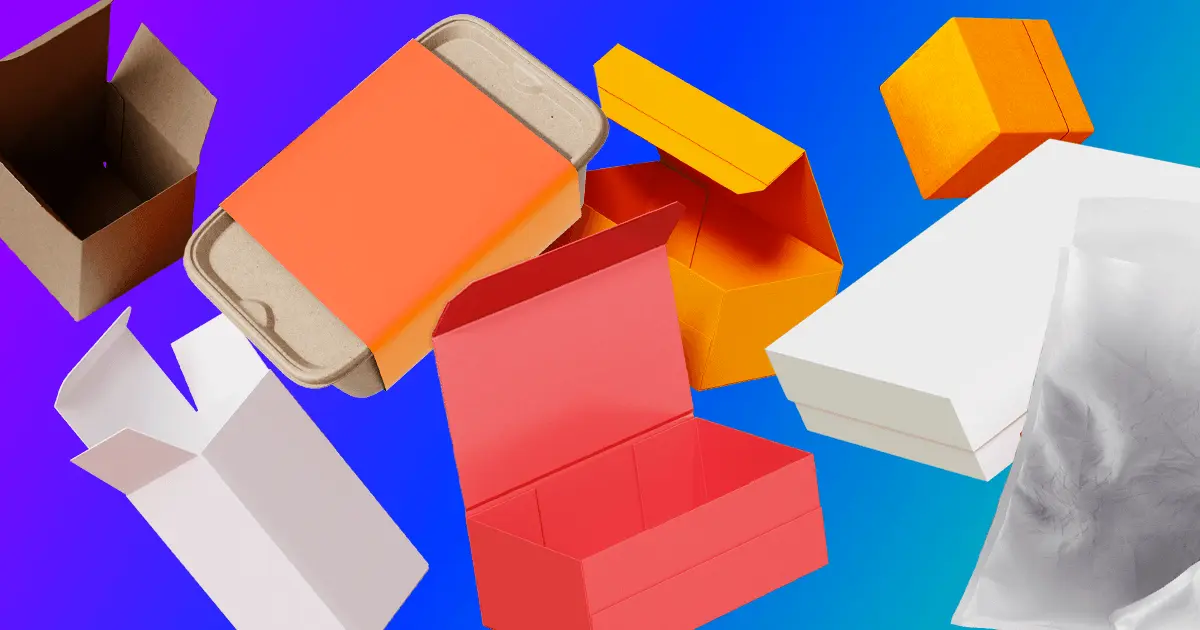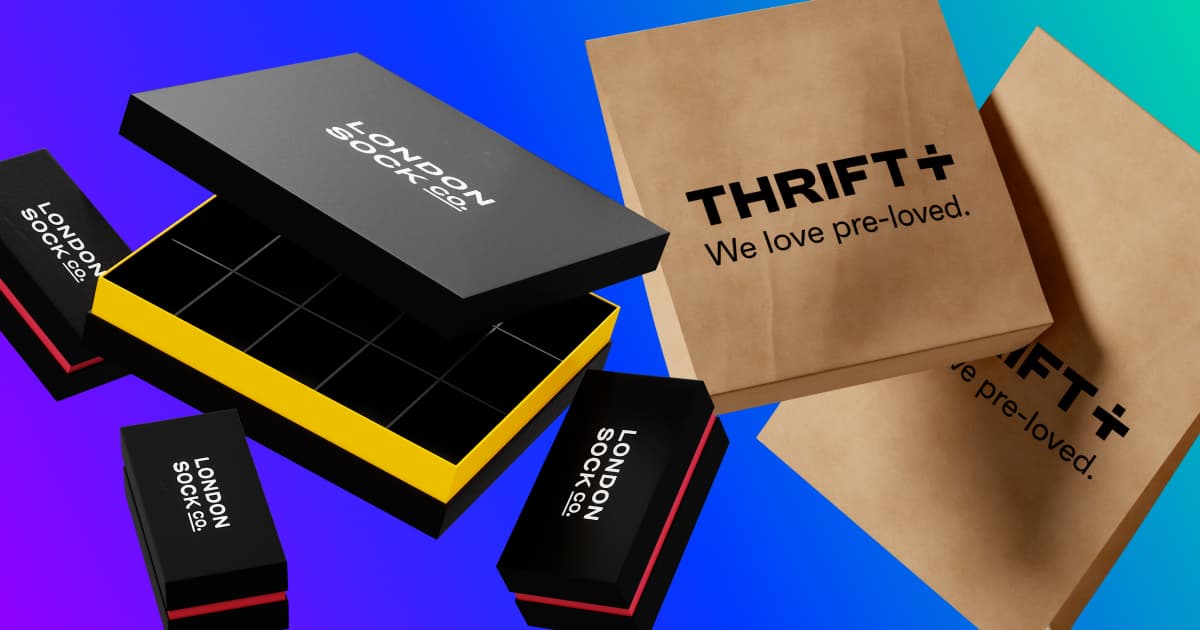Blog PostWhat's the cost of more sustainable packaging in 2023?
- Sustainability
- Innovation
Yangfan ZhouJuly 18, 2023 - 6 min read

From Ikea to McDonald’s, businesses are increasingly seeking ways to switch to more sustainable packaging. But 43% of these have concerns about the costs involved in switching from traditional alternatives.
The good news is that the costs don’t have to be high, whilst the long-term gains, including reduced waste, increased customer loyalty and staying ahead of regulations far outweigh these concerns. And as more businesses switch to more sustainable packaging design, it will become increasingly affordable.
We’ve compared our most popular products to some traditional packaging so that you can see how the costs stack up.
What's the cost of more sustainable packaging?
When considering the switch to more sustainable packaging, it’s natural to think of the immediate cost implications. For example, what would it cost to order 1000 recycled mailer bags, compared to 1000 traditional poly mailer bags?
The truth is that it’s hard to say, because the answer depends on many variables. But, the key is to consider the longer-term costs and benefits as well as the off-the-shelf prices. Take Ikea, which reconfigured its packaging and now saves €1.2 million per year by eliminating empty space; proof that making your packaging more efficient (and more sustainable) can have significant financial benefits.
Sustainable packaging can mean many things, from making sure your packaging is the right size to using more environmentally friendly materials. In some cases, this may mean an initial increase in costs, but it’s the long-term benefits and cost savings that are the crucial considerations.
What packaging material is considered inexpensive and more environmentally friendly?
FSC-certified forest products (mostly paper) are the most environmentally friendly, cost-effective packaging. This is because paper is easy to produce, manufacture, transport, store and recycle and its raw materials can be regrown quickly.
More sustainable packaging that's made from paper includes corrugated shipping boxes and mailer boxes, pulp products such as cards, and gummed tape.
These products are made from natural resources which are sourced from responsibly managed forests. When they’ve reached their end-of-life stage, they are widely kerbside recyclable.
Corrugated cardboard, for example, is so easily recycled that 91% of all collected corrugated cardboard was recycled in 2021. If products are easier to recycle, they remain in circulation, avoiding waste being sent to landfill and more virgin materials being used.
As an example, a popular product at Sourceful that’s both inexpensive and more environmentally friendly is our mailer box. It can cost as little as £0.59 per unit and can reduce your carbon footprint by up to 12% compared to traditional alternatives.
Is sustainable packaging more expensive than traditional packaging?
The best way to know if switching to more environmentally friendly packaging is the right choice for your business is to consider the long-term benefits. But understanding the initial cost is still important for your budget decisions.
Below, we’ve listed some of our most popular products, their cost per item and what they’re best used for. We’ve also shown how they can help you reduce your carbon footprint compared to less sustainable alternatives.

Is switching from traditional packaging to more sustainable packaging worth the investment?
The short answer is a resounding yes — for several reasons. Packaging waste is a serious, global problem. The average European citizen creates 5 tonnes of waste per year, and most of this ends up in landfill. Here, it takes tens to hundreds of years to break down and releases toxic chemicals and greenhouse gases in the process.
In fact, we continue to face some scary numbers when it comes to packaging waste:
- 50% of all plastic produced is single-use
- 85% of plastic packaging still ends up in landfills
- Plastic waste will triple by 2060 to 1,014 million tonnes. That’s over 3000 Empire State Buildings.
It’s clear that reducing every industry’s carbon footprint is paramount. But switching to more sustainable packaging isn’t only for eco-conscious brands that want to reduce their environmental impact. It can also be a smart business strategy.
1. Being climate conscious builds customer loyalty
Around the world, online searches for sustainable goods have increased by 71% in the last five years. Customers are considering the environmental impact of their decisions and want to purchase from value-aligned brands.
So, by prioritising and publicising your sustainability efforts, you’ve got a greater chance of retaining existing customers, as well as attracting new ones.
2. More sustainable packaging complies with regulations
It’s important to also think of the cost of not switching to more sustainable materials.
In response to the packaging waste problem, regulators are cracking down on packaging waste that doesn’t meet minimum environmental requirements. Regulations under the Extended Producer Responsibility policy, such as the UK’s Plastic Packaging Tax are going to become increasingly common, which could see businesses that don’t comply face hefty fines.
3. Investment will see costs decrease as demand rises
It’s true that some of the more innovative and sustainable packaging materials on the market today aren’t as convenient to produce as traditional ones such as plastic. But this shouldn’t necessarily deter you from investing in them.
Ambitious companies are using their investment to support innovation and are perceived as industry leaders as a result. As more businesses commit to more eco-friendly packaging, this will drive the costs down further.
“The more we learn and scale up, and the more demand there is from consumers and companies, the more prices will fall. Over time, we all benefit from economies of scale.” — Georg Kasperkovitz, CEO of Consumer Packaging, Mondi Group
Other ways to reduce your costs and environmental impact
Whether the initial costs of switching to more sustainable packaging are a concern for you or not, there are other ways you can save on costs, including reducing waste and increasing your packaging’s efficiency.
1. Consider changing your packaging’s design
40% of all packaging is too big for its contents, according to DHL. So, as well as evaluating your packaging materials, you could ensure you’re using the right-sized packaging. This means making sure your packaging has as little space inside as possible, without compromising its function.
Right-sized packaging reduces the amount of air you’re shipping, which then reduces the carbon footprint of your products during transit. A snug fit also means a reduced need for additional materials such as void fillers and their associated costs.
You can also consider what’s essential in your packaging design, versus the nice-to-haves. For example, you may use stickers or leaflets as part of your branding awareness strategy, but you could switch to scannable QR codes instead. Every small change can add up to significant savings for your budget and your carbon footprint.
2. Order in bulk
Ordering in bulk can drive down unit costs and, as a result, offset any increased costs generated from switching to more sustainable packaging. Take a look at the table below as an example, which shows how ordering mailer boxes in bulk can significantly reduce your long-term costs.

And you don’t need to be worried about where you’ll keep your packaging either. Warehouse services, such as the one we provide here at Sourceful, mean that ordering in bulk doesn't have to make storage complicated for you. This has the added bonus of creating a buffer stock, which can be drawn upon if there are unforeseen disruptions in your supply chain.
3. Offer reuse, before recycle
A major issue concerning the packaging life cycle is the lack of control you have over what happens to your packaging once it reaches the customer. You can help customers recycle packaging waste by using clear labelling which can reduce the amount of material sent to landfill or incinerated. Some businesses, such as Boots, are even offering loyalty points to customers in return for packaging that can’t be recycled at home.
Whilst recycling does a great job of keeping materials out of landfill, another alternative is to make the packaging reusable. For example, including an easy-open tear strip as seen on our book wrap mailers, which keeps the packaging intact for returns or other uses.
You could also consider more novel options such as plantable packaging. The longer a product can be kept in circulation, the greater its value, and the smaller the environmental cost.
Make the switch to more sustainable packaging with Sourceful
Switching to more sustainable packaging doesn’t have to be difficult or expensive. It’s better for the planet and can even have significant long-term benefits for your business.
At Sourceful we have everything you need to make the switch, from packaging for every product to on-demand experts and an easy-to-use platform. Ready to switch?








